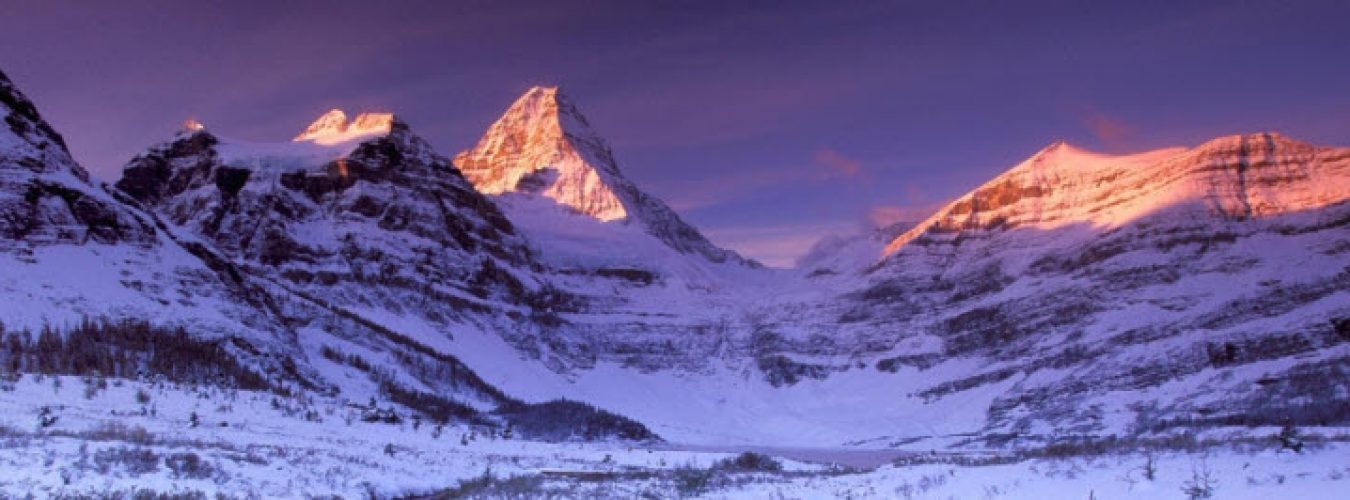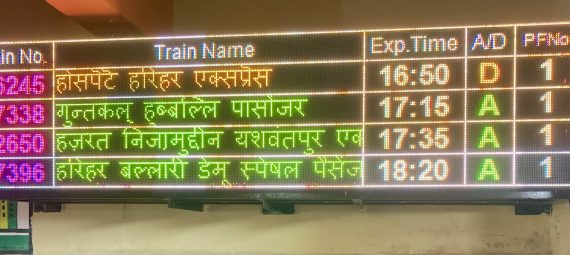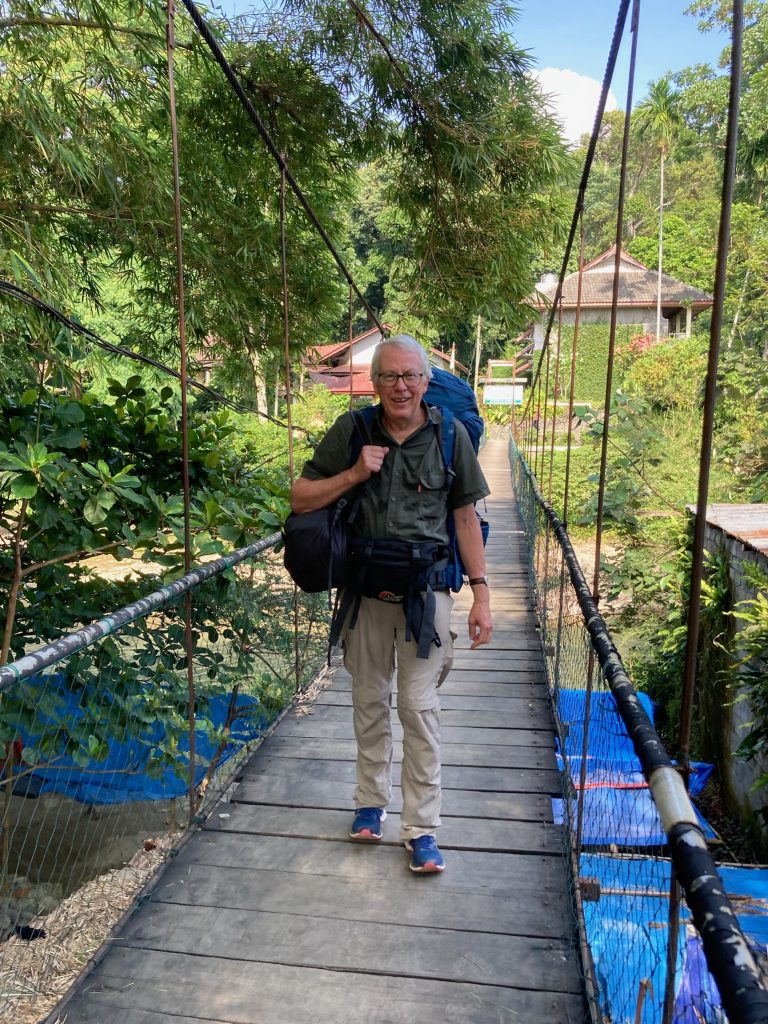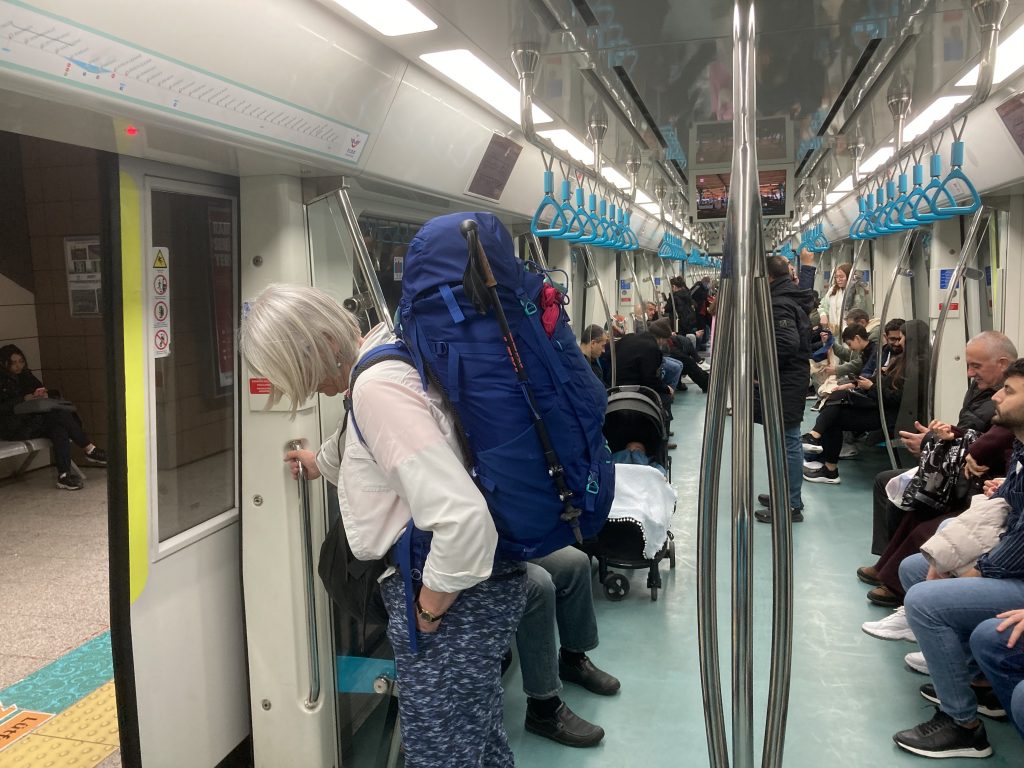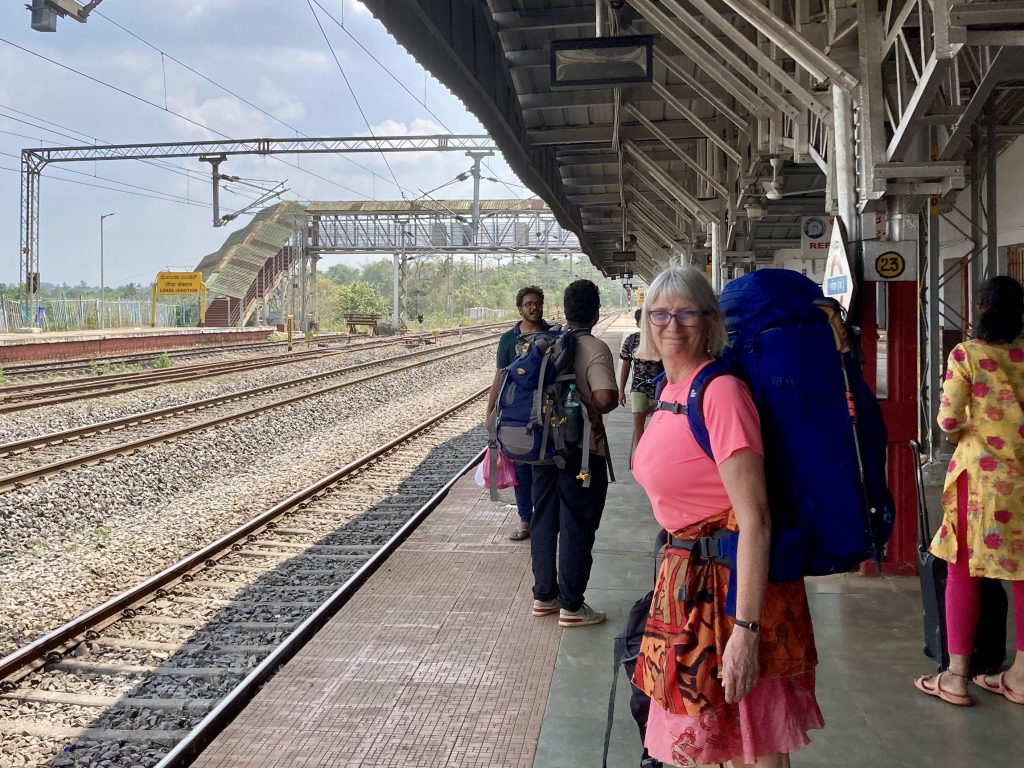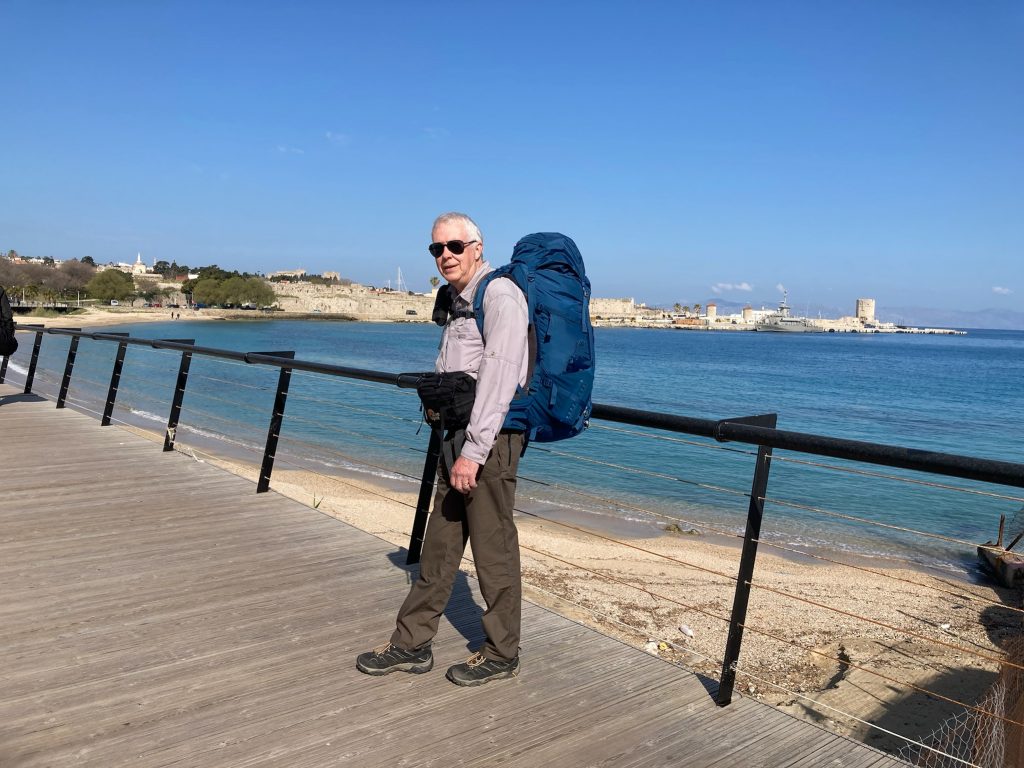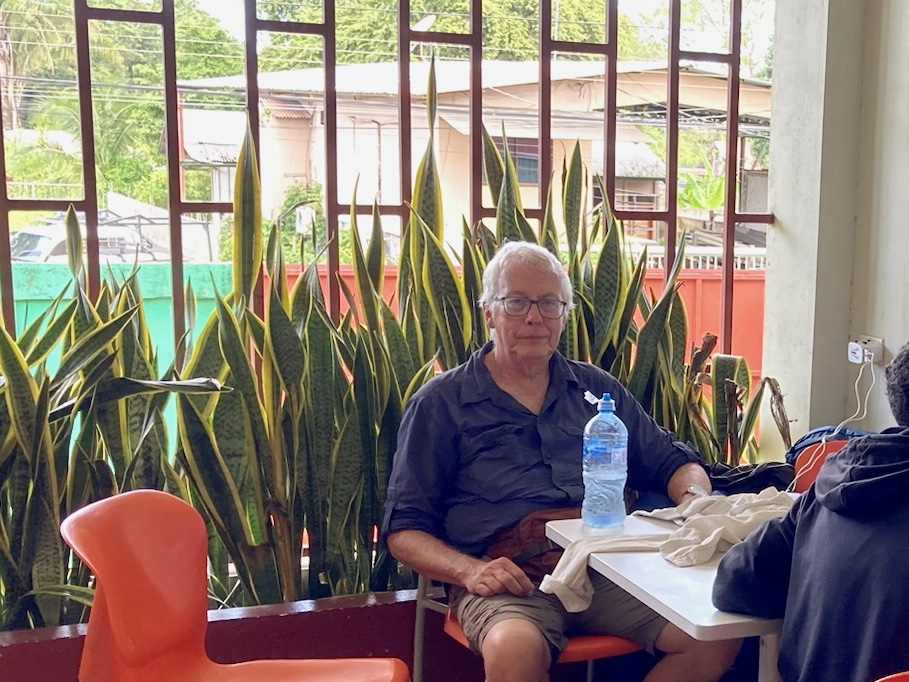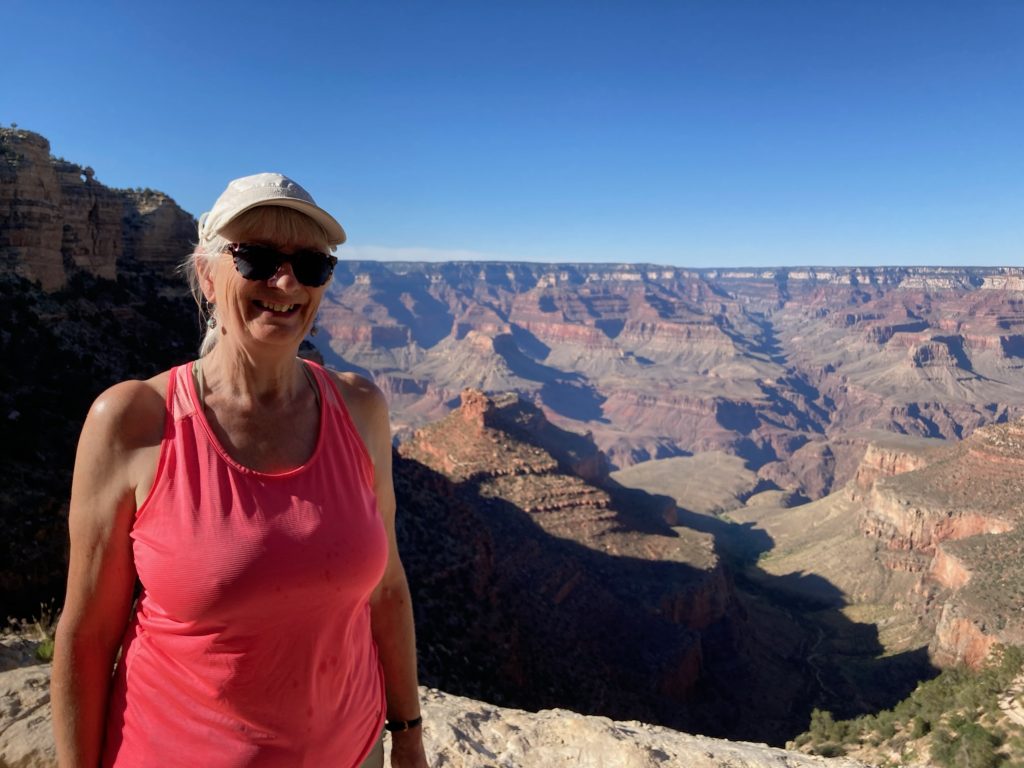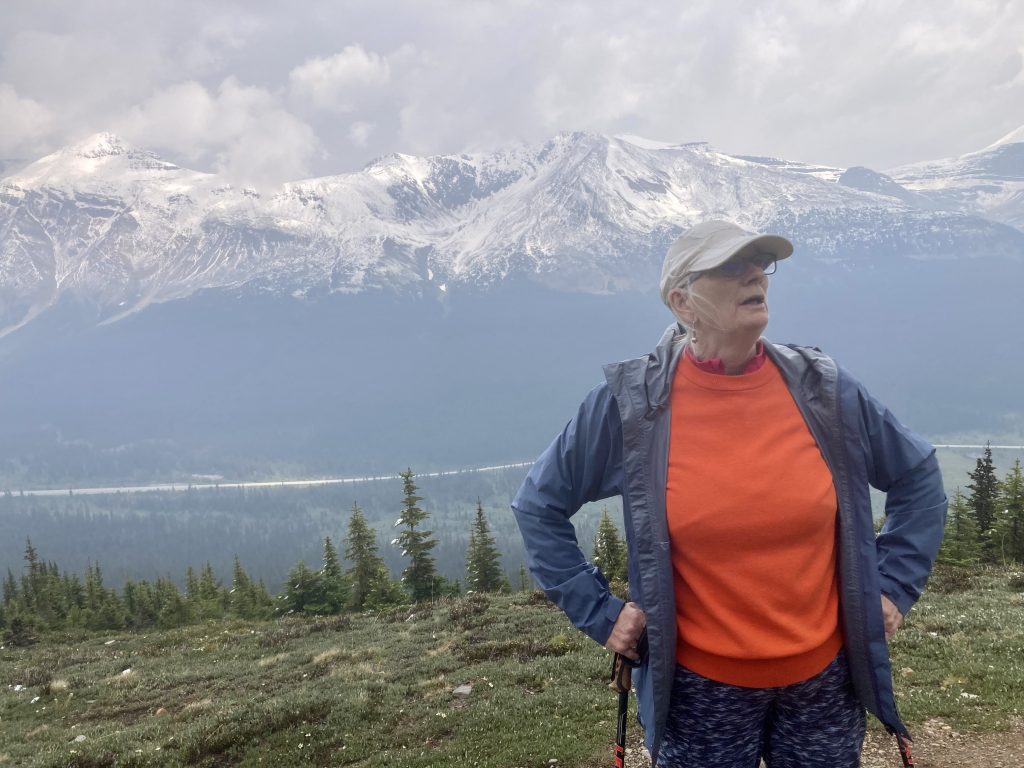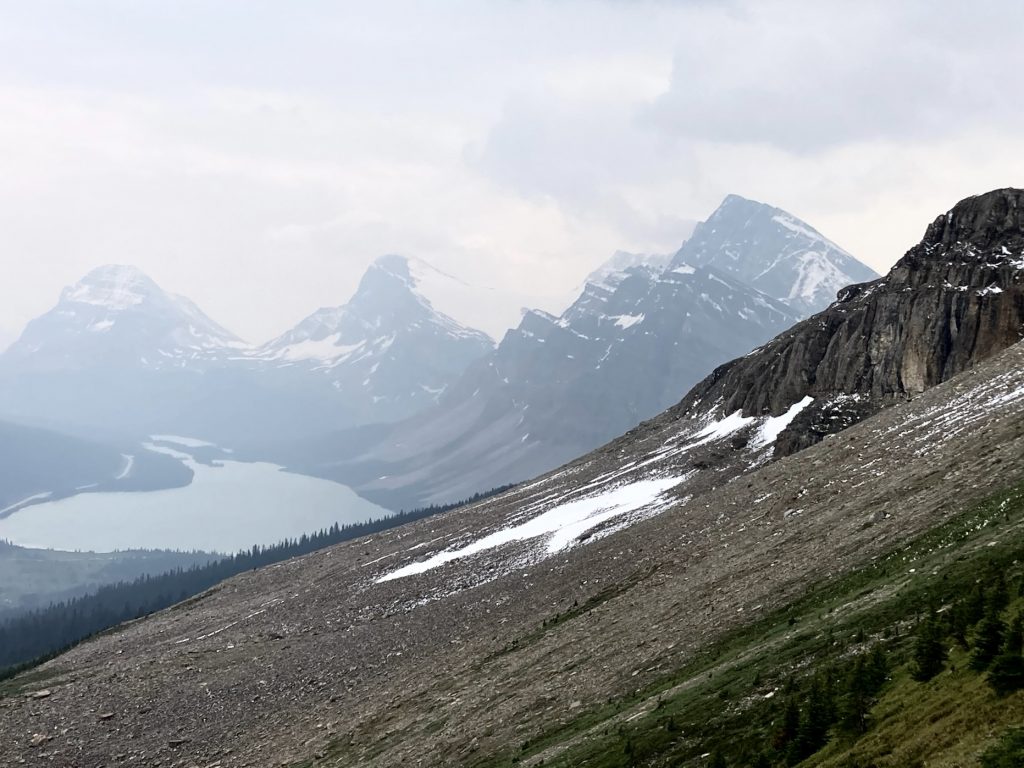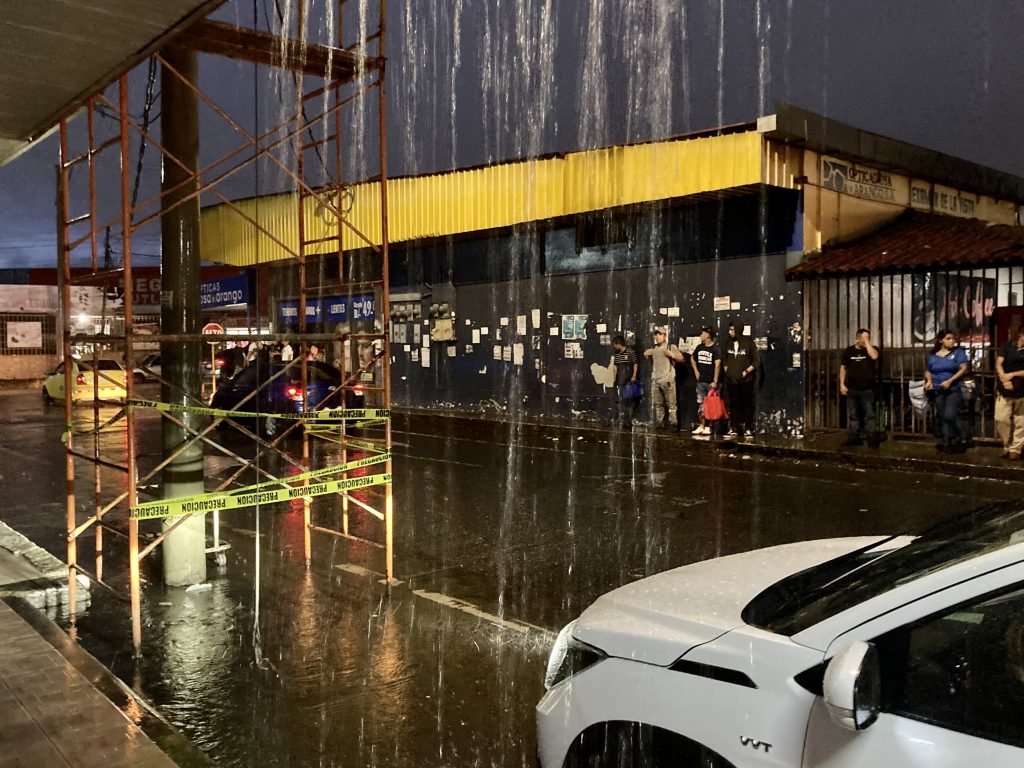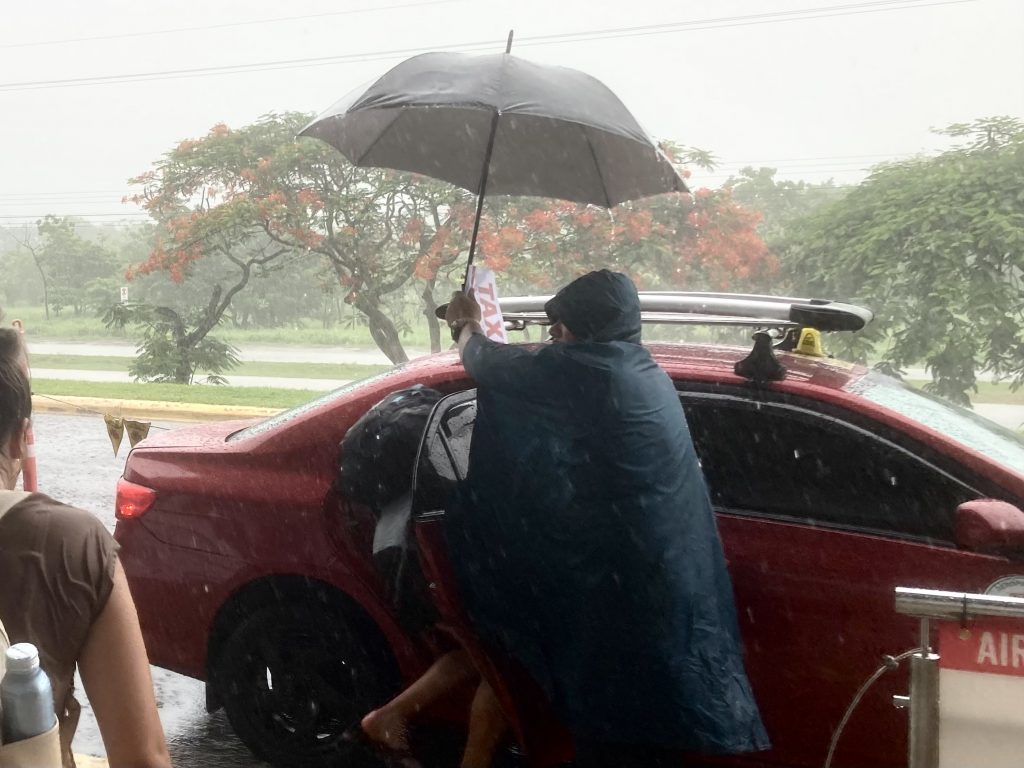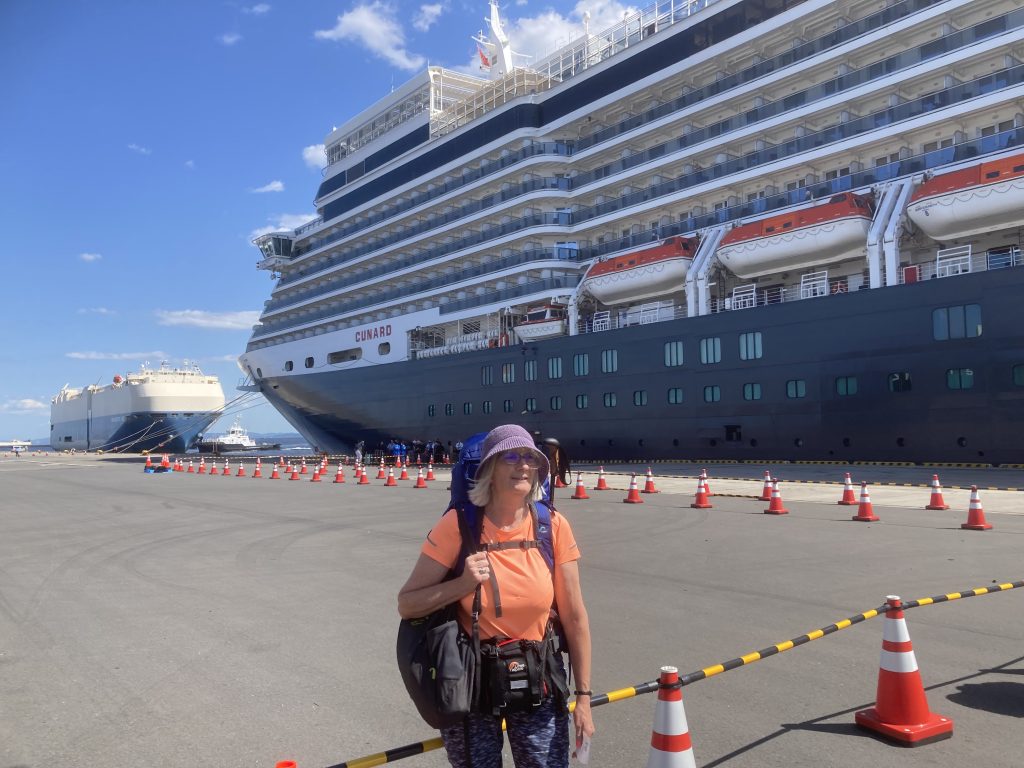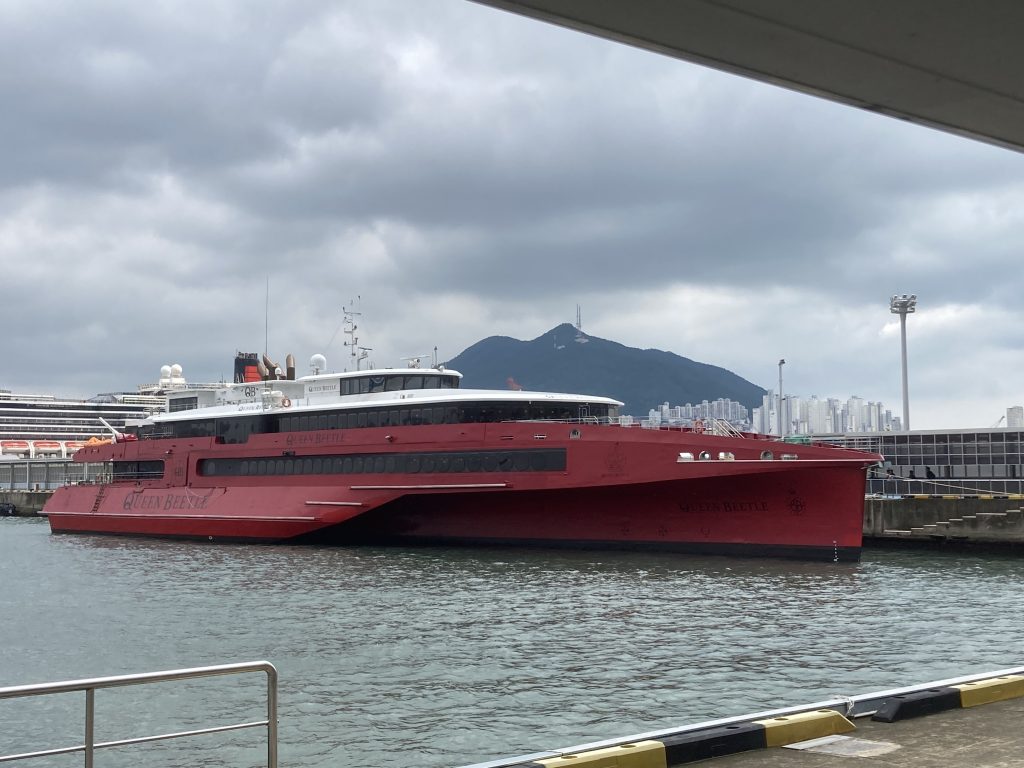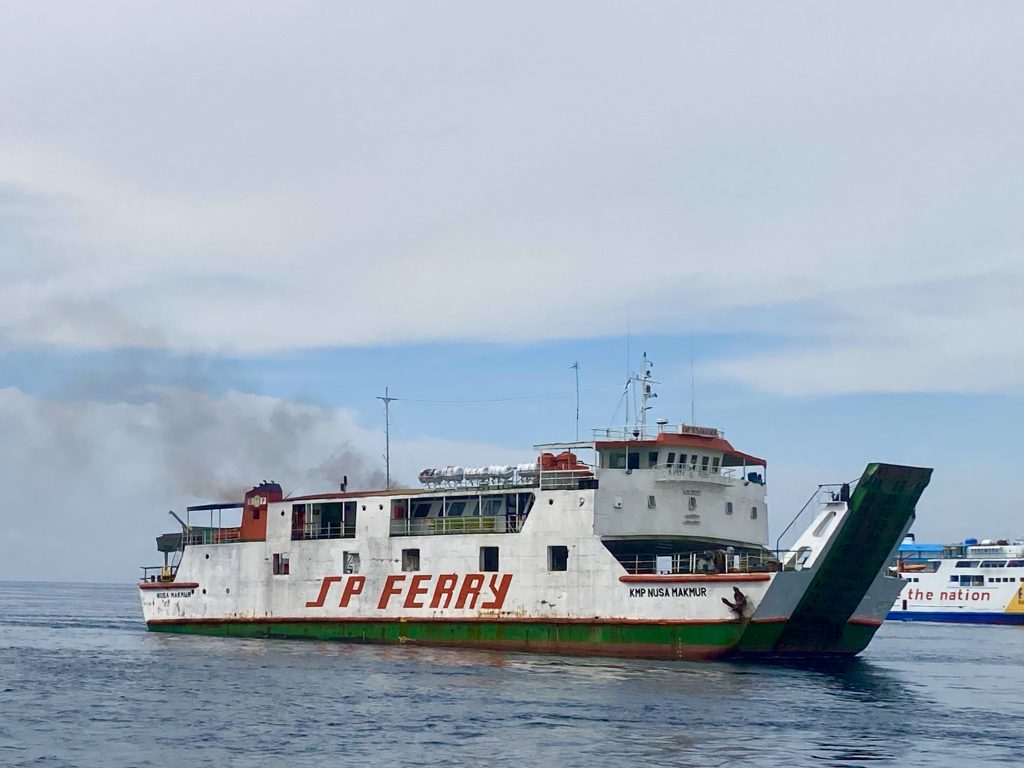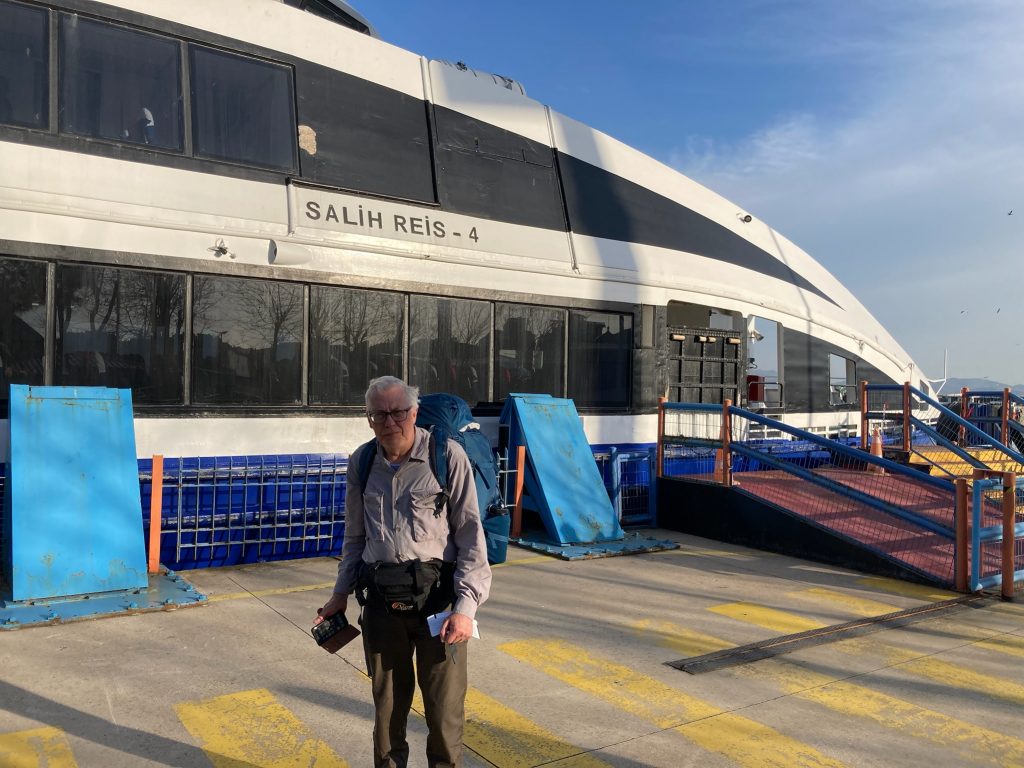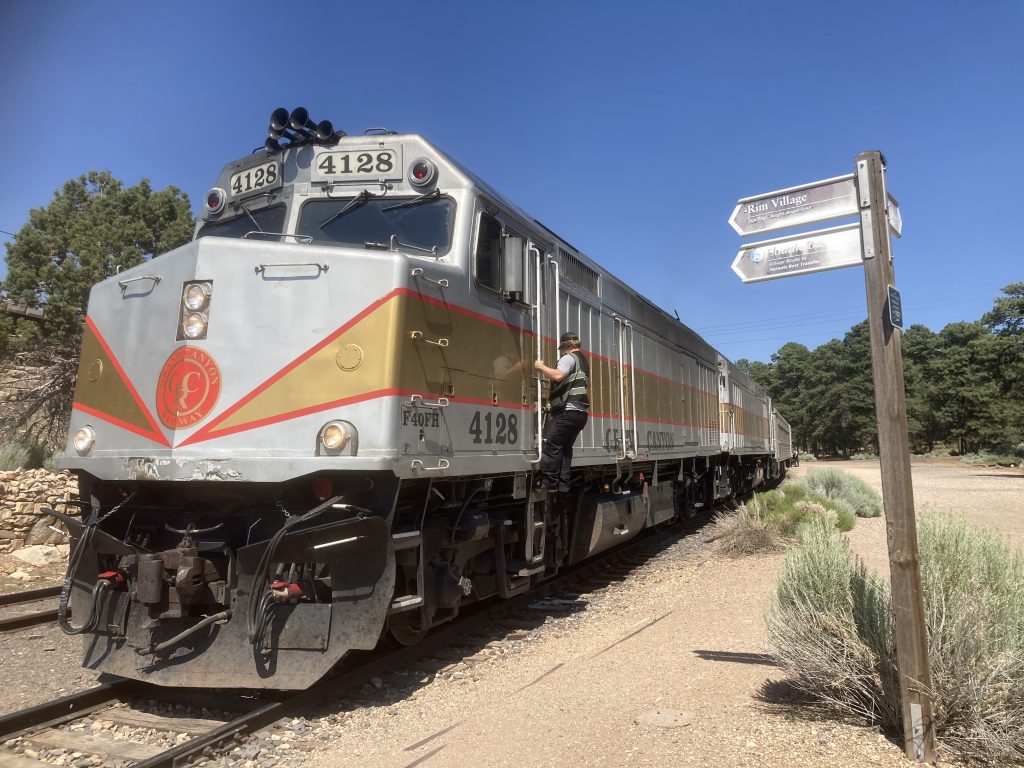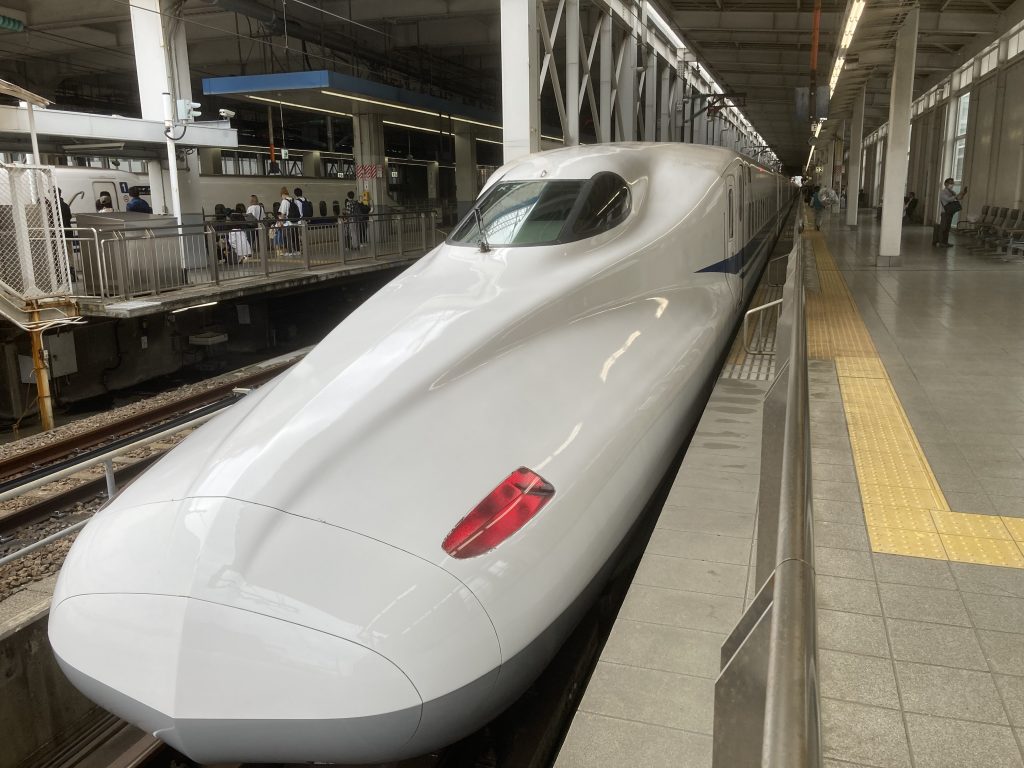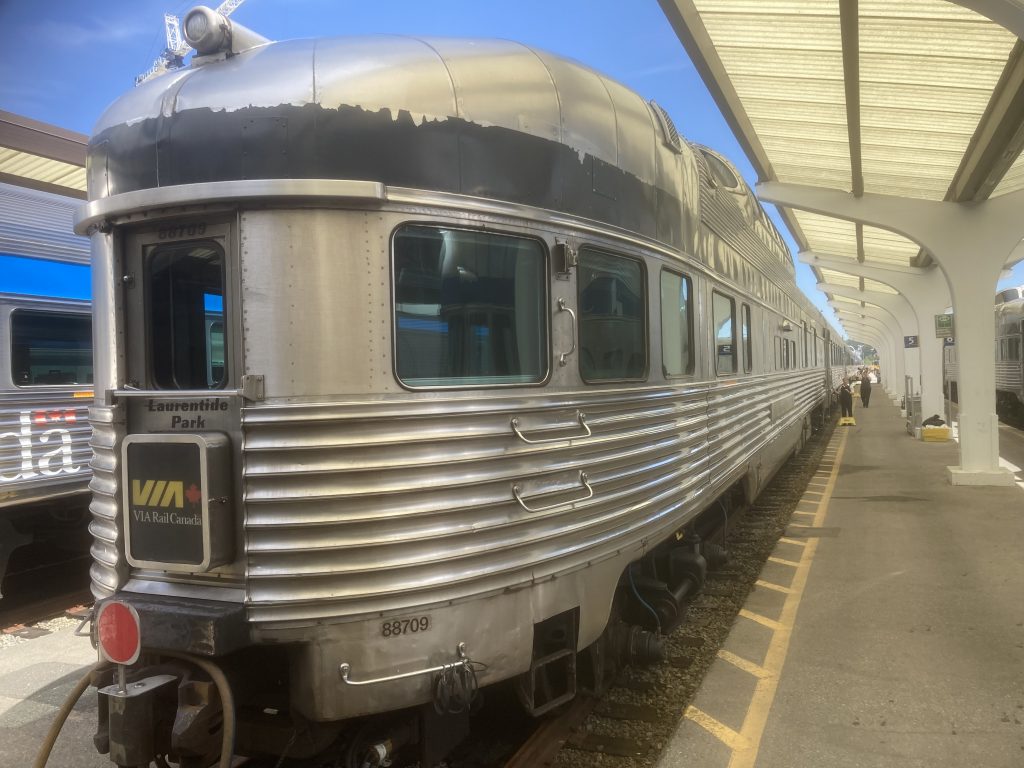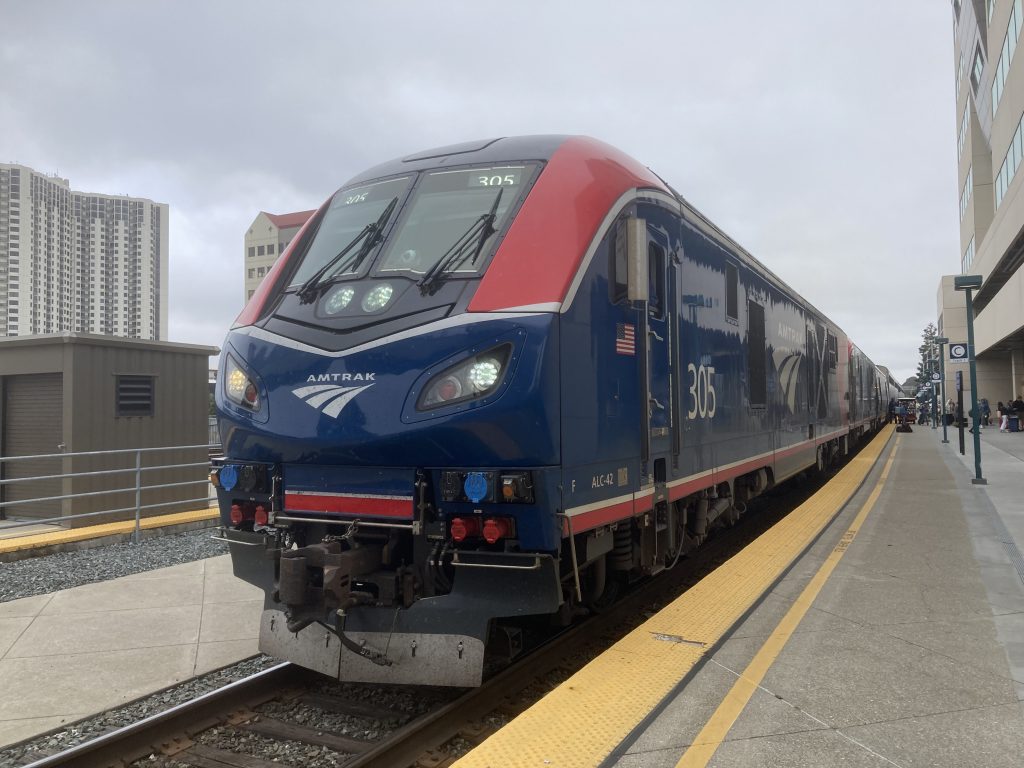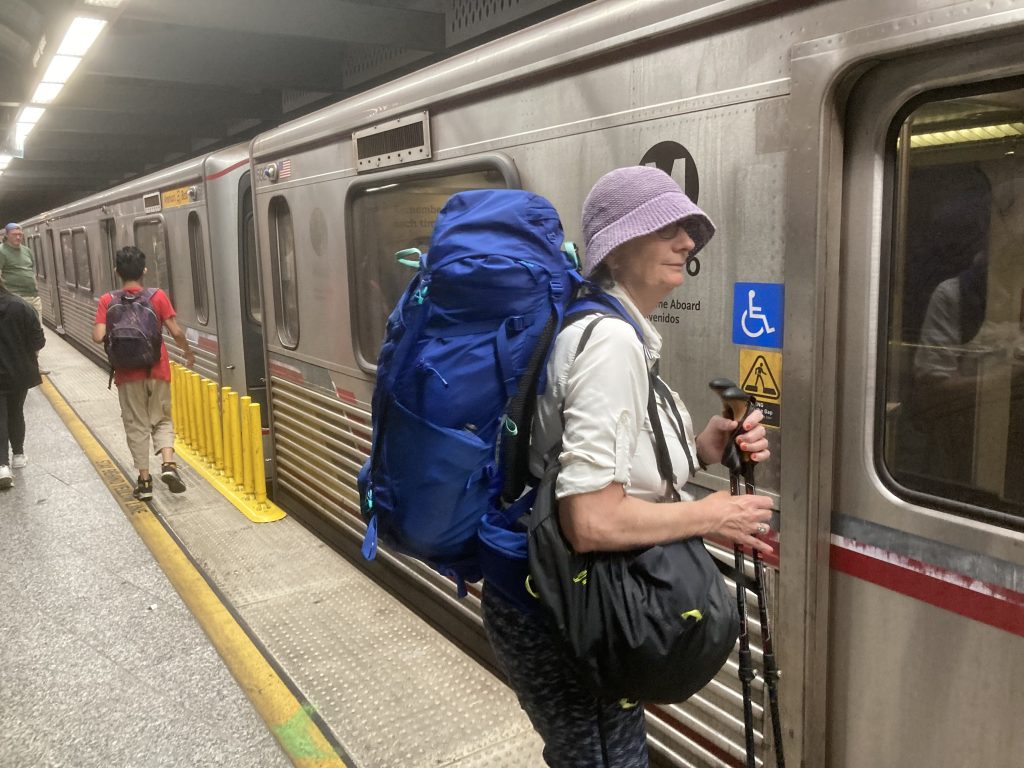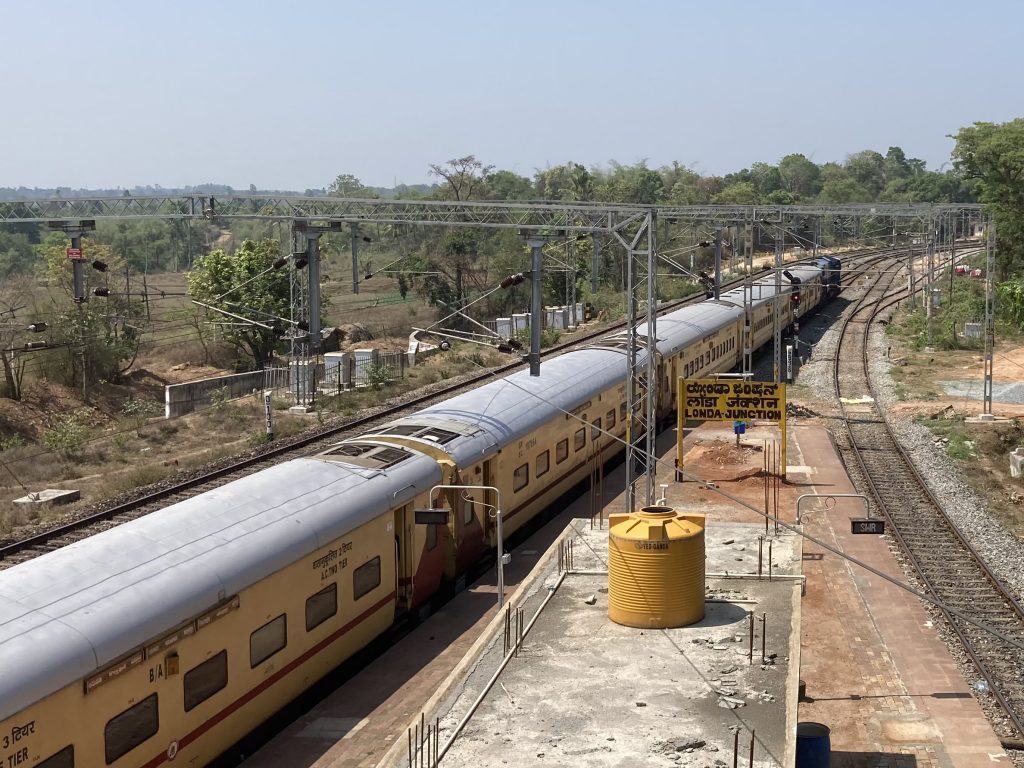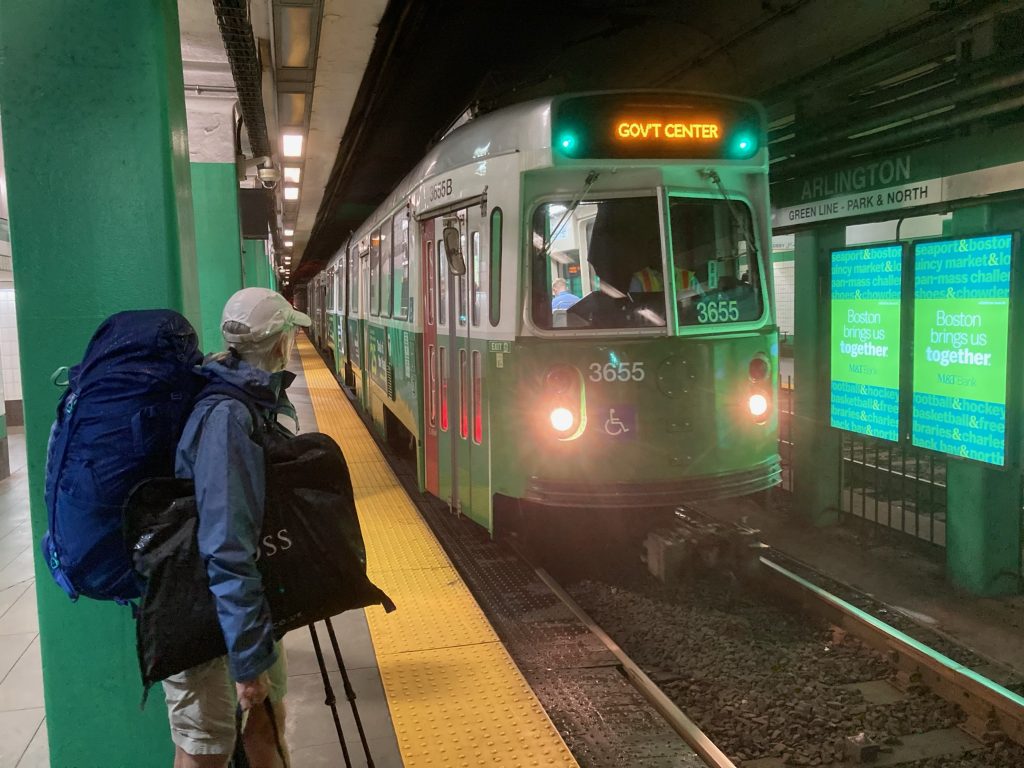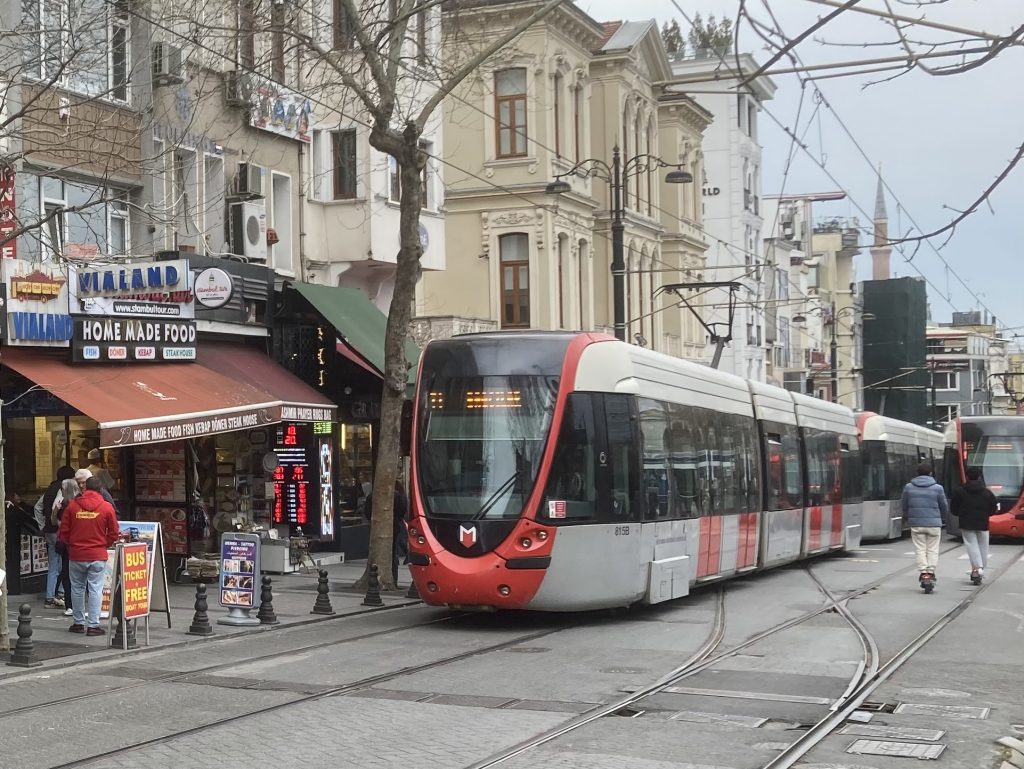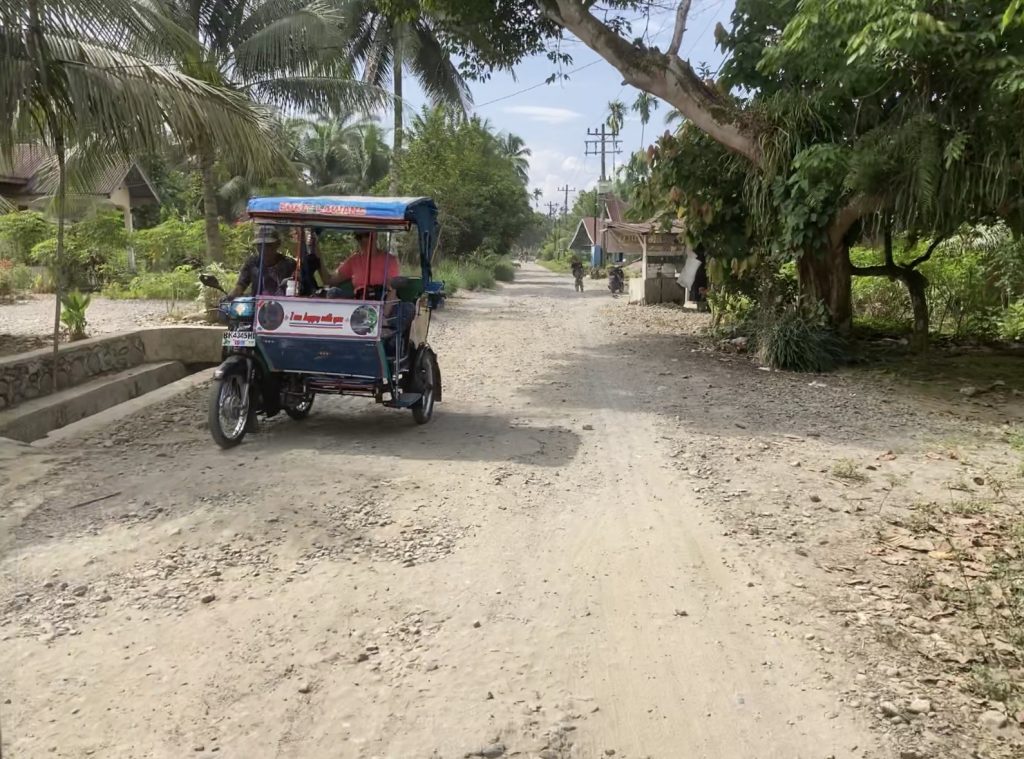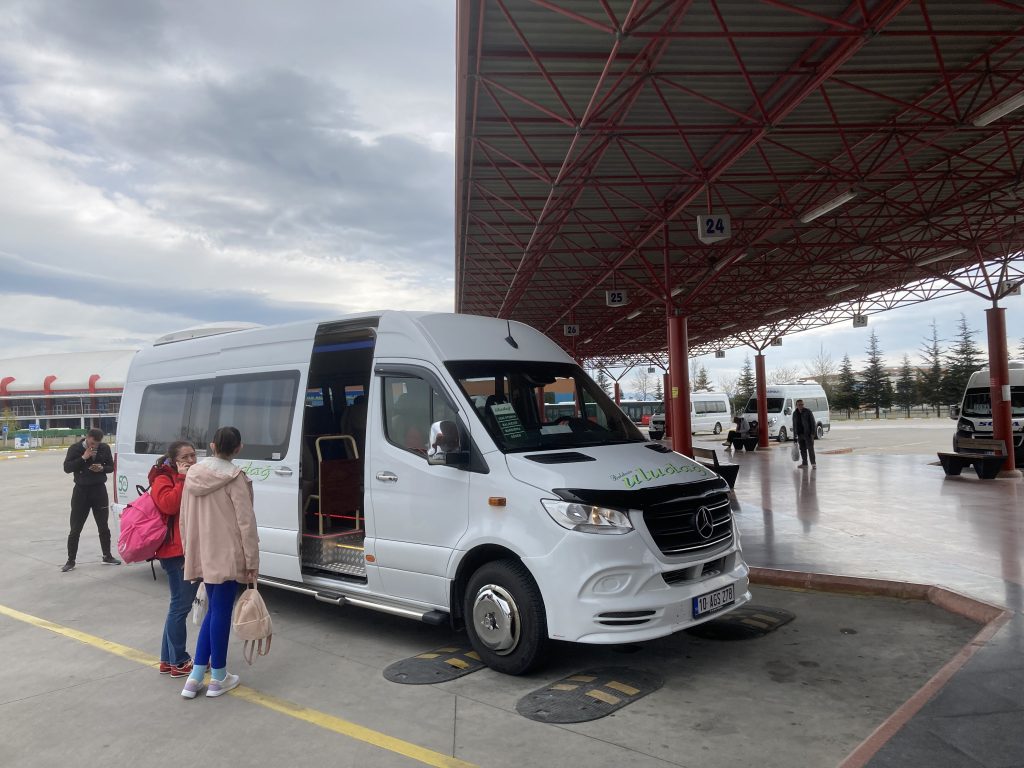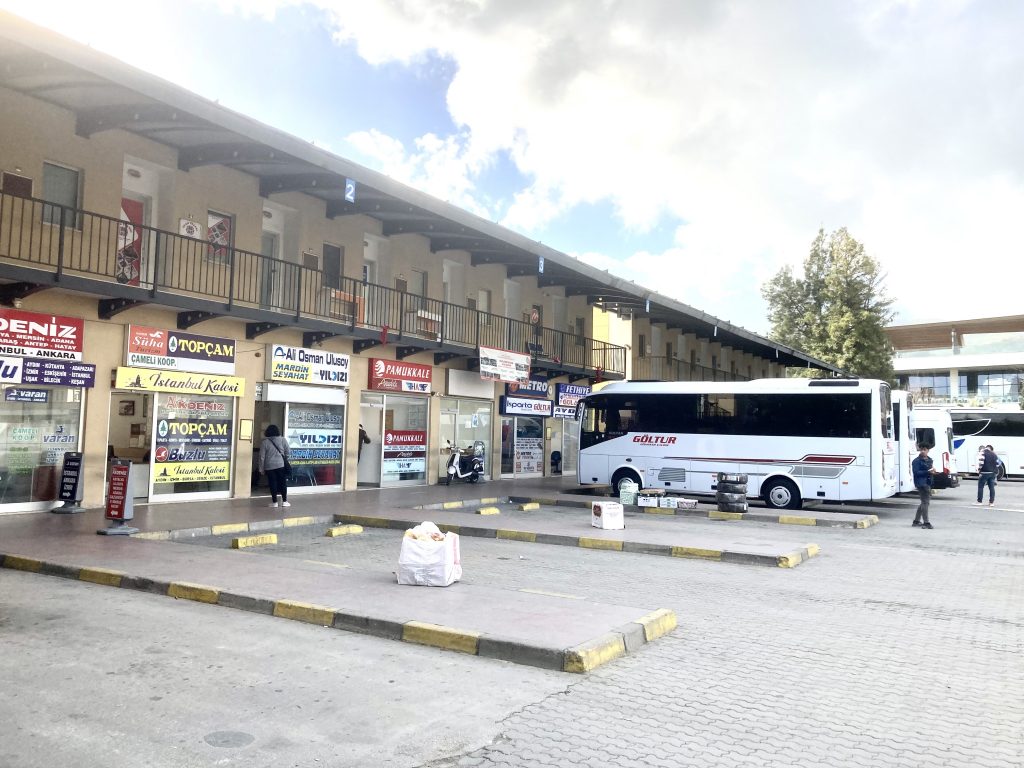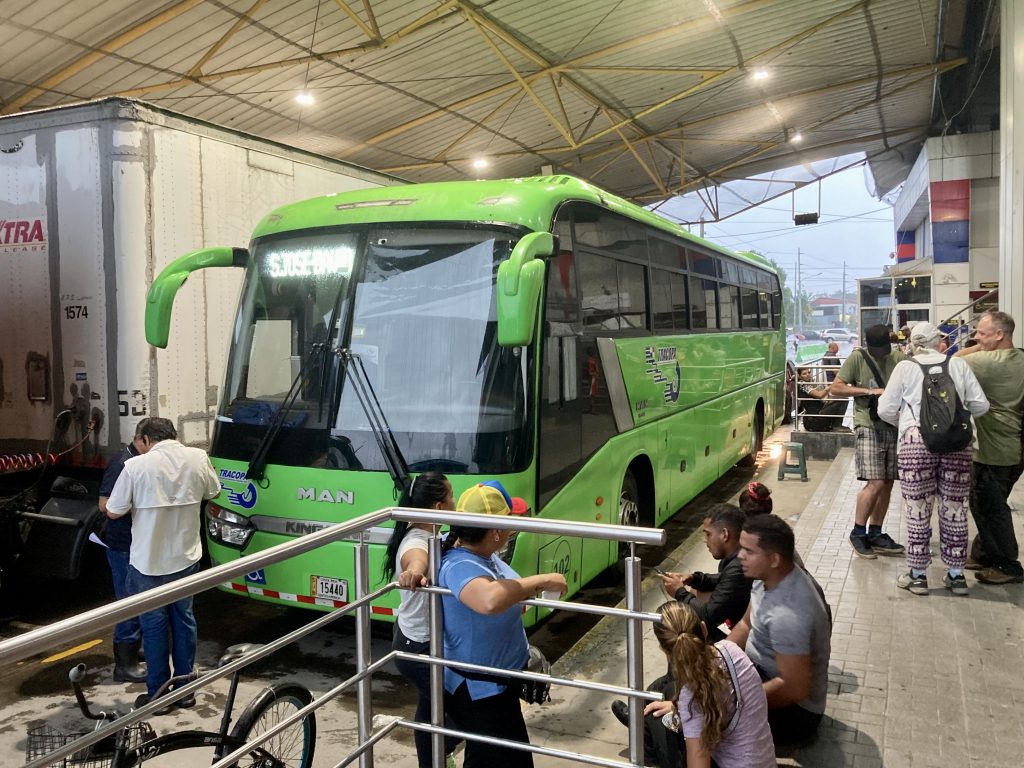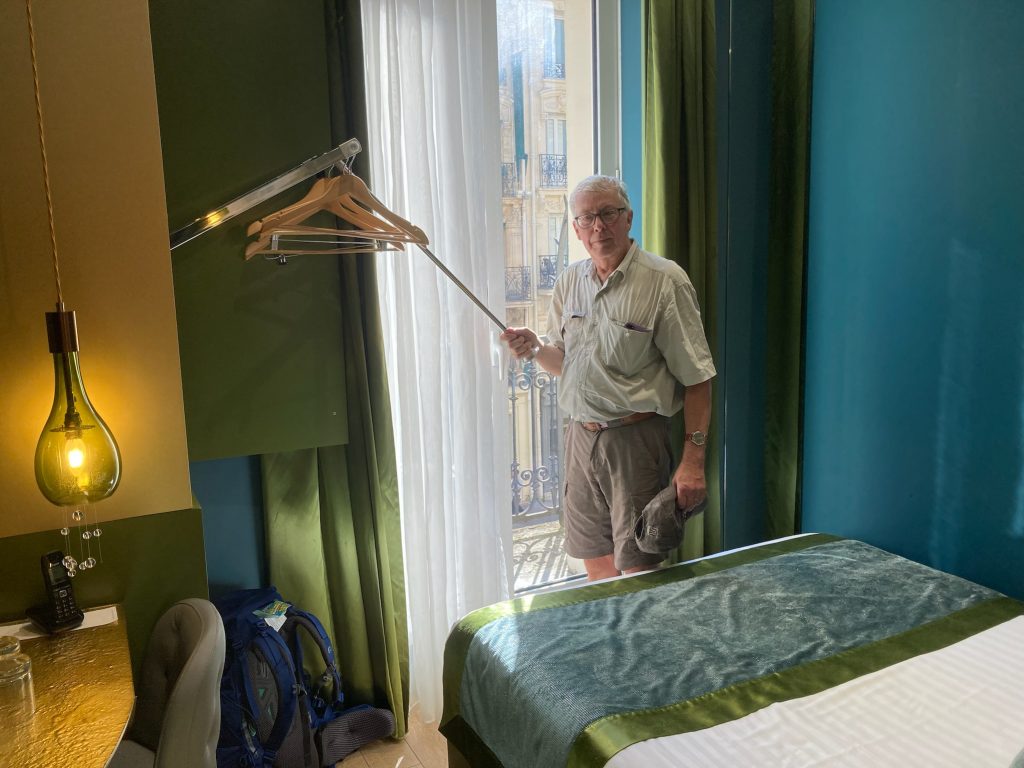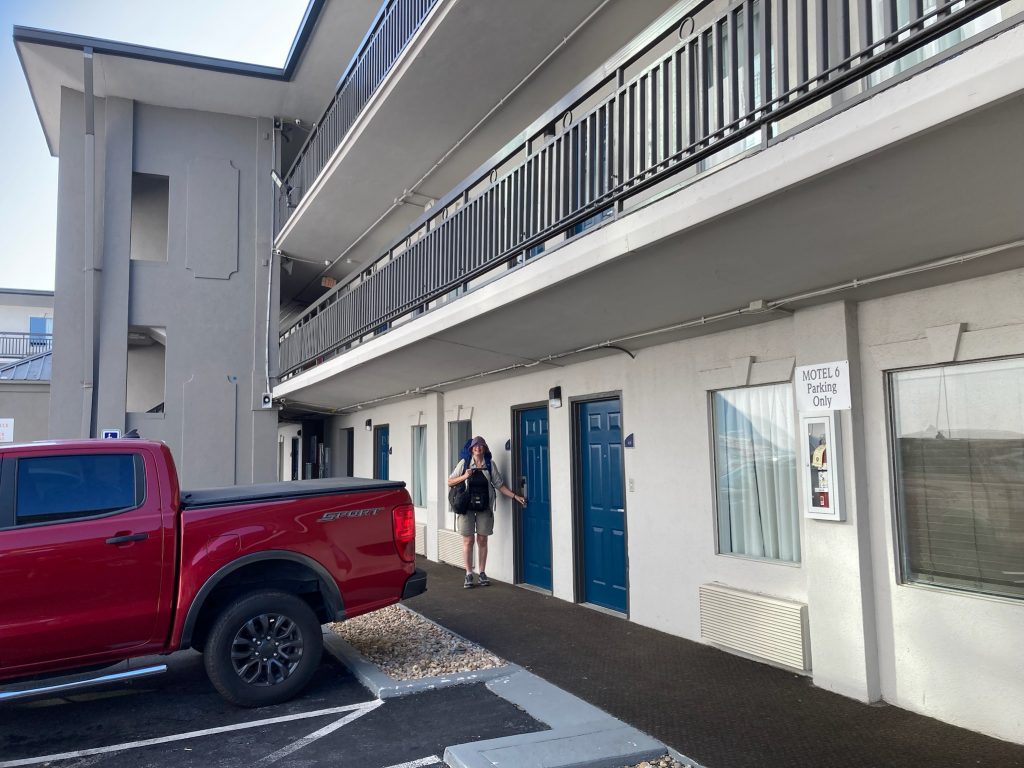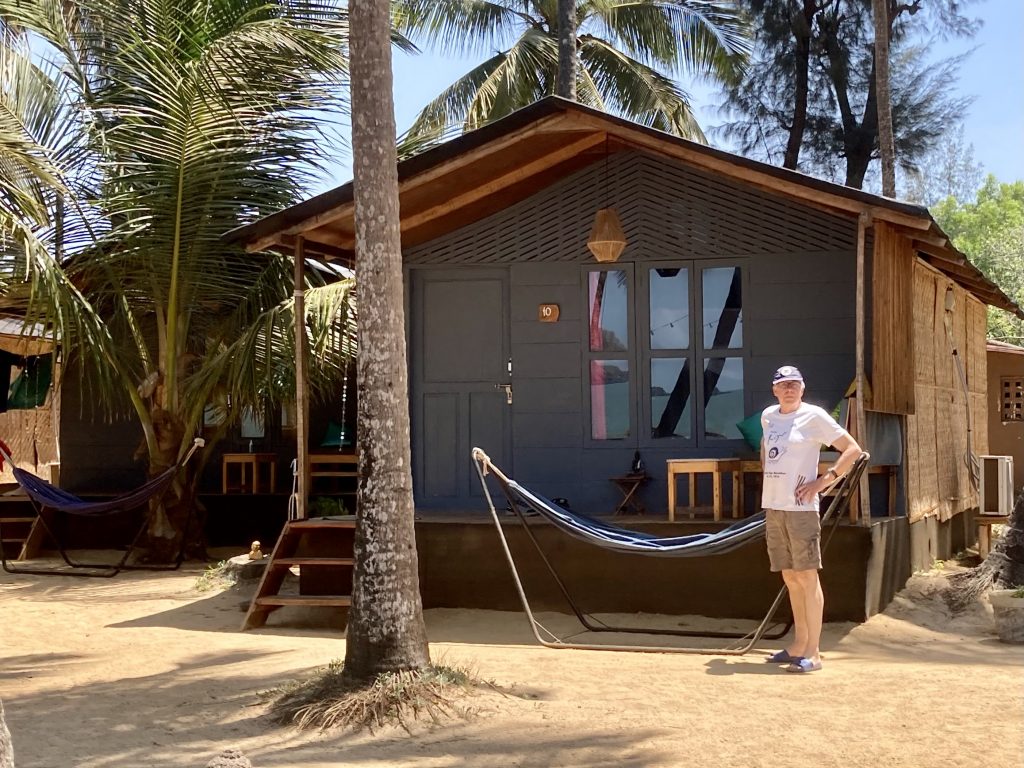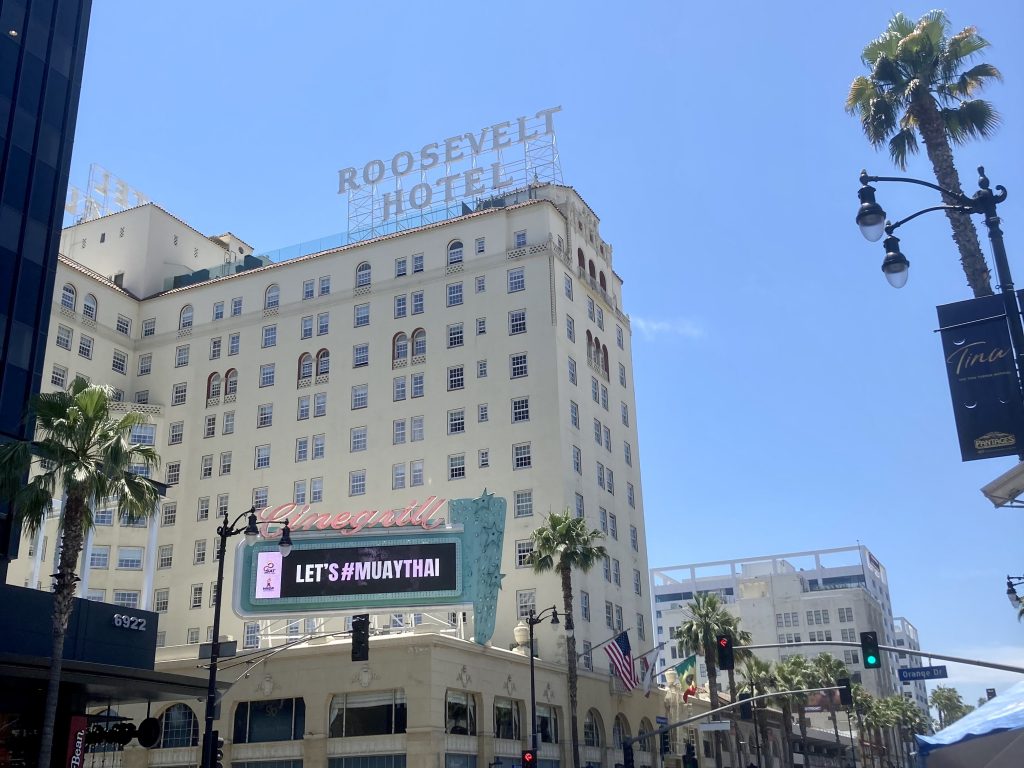A few numbers from our world trip
Whilst we’ve been away for 182 days, we actually travelled for 183 days and spent 182 nights abroad. That’s because we enjoyed 31 May twice, as we crossed the International Date Line going East. Of course we adjusted our watches many times on our journey, but usually in hourly increments, and thus we gained a day, just as Phileas Fogg famously did.
We stayed in 68 different hotels in 14 countries, usually for 2-4 nights, unless in transit. We slept on 4 ships and 6 trains, overnight, though no doubt we dozed off on other daytime trains. We had one short overnight flight as we flew from Bali to Seoul, after our ship from Manila to Japan was cancelled.
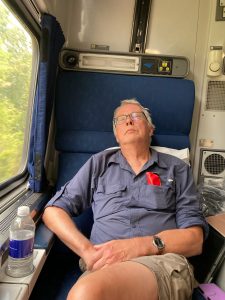
We travelled 61,500 kilometres – more than 150% of the circumference of the world (at 40,000 km) and that was as part of our journey. That is 3 and a half times the distance from London to Sydney by plane.
We travelled about the same distance by rail and sea (16,200 km and 16,900 km) but the ships took more than twice as long to cover the same distance. Train speeds varied enormously from the high speed trains in Europe, Seoul and Japan to the more pedestrian speeds in the USA and India. We only spent 42 hours in the air, but at an astonishing average speed of 570km an hour. Compare that with 570 hours (24 days) travelling across seas and oceans by ship.
We used 156 different vehicles to take us this 61,500 km, of which 65 were on rails. This does not include transport involved in expeditions and activities at the places where we stayed. Otherwise we would be adding kayaks, horses, paddle boards, cable-cars, jeeps and others vehicles, taking us to Napa Valley, through the Panama Canal, up volcanoes, etc.
We travelled more than 4,300 km by road, mostly in minibuses or coaches. We only hired a car once, to drive the 290 km along Icefields Parkway in the Canadian Rockies, from Jasper to Banff. We were also passengers in Chris and Becca’s hire car as we visited Maine.
Our average speed on the roads was less than 30 km per hour, due to dirt roads in Indonesia, disappearing road surfaces or general mêlée in India, and traffic jams that coaches encountered in America, as well as delays at two border crossings.
We didn’t shy away from walking with our rucksacks. We managed a full marathon distance, 42 km in total. It seemed much further, as the rucksacks weighed on average 15-17 kg each.
Our itinerary followed the Mediterranean, Indian and Pacific Oceans all the way to Japan and then down to the Panama Canal, via Alaska and California. Then we aimed for the North Atlantic from Panama, joining it at Baltimore on the East Coast of the US, following it to Maine and back to New York City, before crossing it to Southampton.
We rose above sea level, lusciously with splendid views at Mounts Misen in Miyajima (535m) and Cadillac (465m) in Maine and the Grouse Mountain in Vancouver (1090m). We hiked to heights of over 2400m at Lake Helen in the Canadian Rockies and Mount Ijen in Java.
The weather reached a cold, 2 degrees C during the evening in Turkey and 6C in the Canadian Rockies, during the day! The weather crossing the North Pacific was much colder and stormier than we had expected. But it was stonking hot more often, with a dry heat of 42C in Hampi and 38C at the Grand Canyon, in both cases where there was very little shade. The heat in New Orleans and Central America was much more humid and less easy to deal with.
Of course, we encountered rain as well; it was cold and wet in the Rockies, but tropical storms are usually over quite quickly. However we found ourselves braving the most torrential storms in Java at the Sikidang crater on the Dieng plateau and at the town of David as we bought, and then exchanged our coach tickets to Panama City. Some of us got very wet cycling in Acadia. Chris reckons his gear took 2 days to dry out!
A very varied journey!
